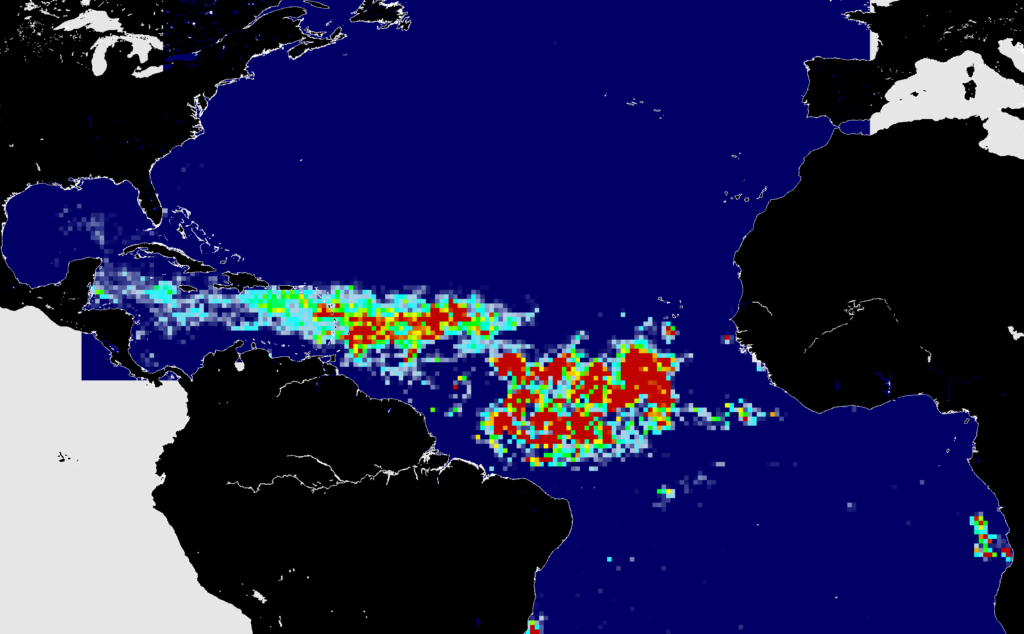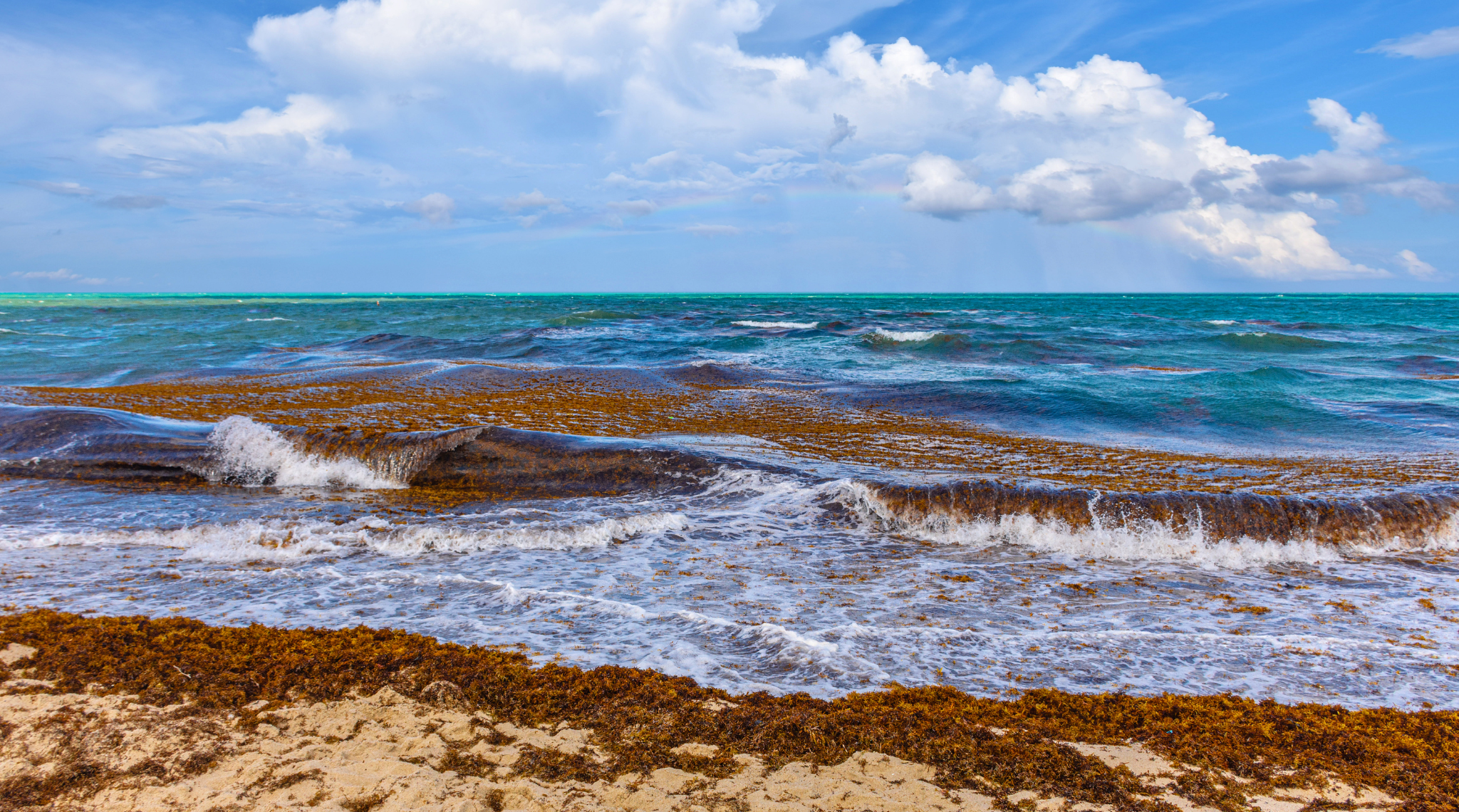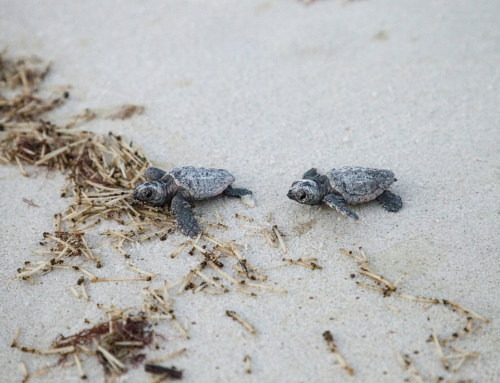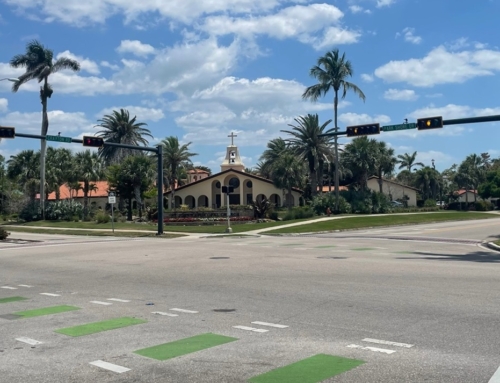Blob “unlikely” to affect Florida’s West coast
By Pamela Nicholls, GSAC Board Member
Submit questions or feedback online
The giant sargassum “blob” reported by some media lately may have attained record setting proportions but it’s unlikely the floating mass of brown seaweed will reach the shores of Naples, say scientists.
The “blob” is actually what researchers refer to as the Great Atlantic Sargassum Belt, a naturally occurring annual bloom of sargassum (a type of algae) which congregates in clumps and spans 5000-miles of the central Atlantic from the west coast of Africa to the Gulf of Mexico.
Last month scientists at the University of South Florida’s Optical Oceanography Laboratory, which has been tracking floating macroalgae for many years, estimated the abundance of sargassum in the belt at 13 million tons – a record setting amount for March.
Brian Barnes, an assistant research professor at USF’s College of Marine Science, and his colleagues at the lab, map the belt and track its movements using NASA satellites. He says the belt appears to have increased annually since its development in 2011, and this year could be the largest bloom ever recorded.
“Major beaching events are inevitable around the Caribbean and along the east coast of Florida as the belt continues to move westward,” said Barnes.
Rafts of the seaweed have already made landfall in Miami-Dade and Broward counties and along the Florida Keys.
Aerial footage from an NBC6 helicopter on April 6 shows bands of sargassum congregating in bulk along beaches from Miami to Fort Lauderdale.
Although timings and locations of landfall are difficult to predict because the technology isn’t there yet, Barnes believes Neapolitans need not worry about vast quantities of smelly seaweed piling up on their coastline.
“There is very little likelihood of any significant beaching in Southwest Florida as the surface currents (for the entire West Florida Shelf) are generally not conducive to Sargassum coming ashore.”
Naples City manager, Jay Boodheshwar, confirmed that staff are keeping an eye on the sargassum’s westward migration particularly so as density increases, and the bloom reaches its peak in June and July. “We are closely monitoring this situation,” said Boodheshwar. In the unlikely event the seaweed does wash ashore in Naples he indicated it would be removed swiftly and according to DEP guidelines.
You can find monthly updates on the Great Atlantic Sargassum Belt in the USF’s Optical Oceanography Laboratory bulletins. Or daily updates through near real-time imagery under the Sargassum Watch System (SaWS).

Sargassum Progress in March 2023. Photo courtesy of Brian Barnes at USF’s Optical Oceanography Laboratory of the Great Atlantic Sargassum Belt.







